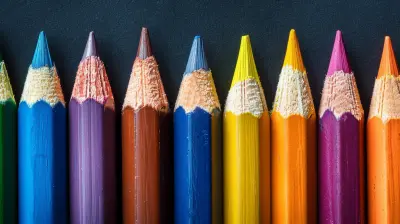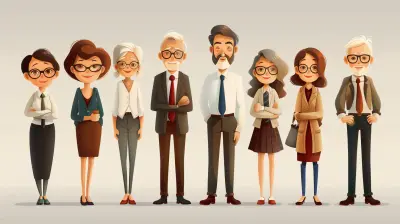From Chalkboards to Tablets: The Evolution of Classroom Technology
24 July 2025
Education has come a long way. Imagine stepping into a classroom a century ago—rows of wooden desks, a teacher scribbling on a dusty chalkboard, and students diligently copying notes into worn-out notebooks. Fast forward to today, and classrooms have transformed into tech-powered hubs filled with interactive whiteboards, digital textbooks, and tablets.
Technology has taken education on a wild ride, and the way students learn has evolved dramatically. But how did we get here? Let’s take a deep dive into the transformation of classroom technology—from the humble chalkboard to the sleek tablet.
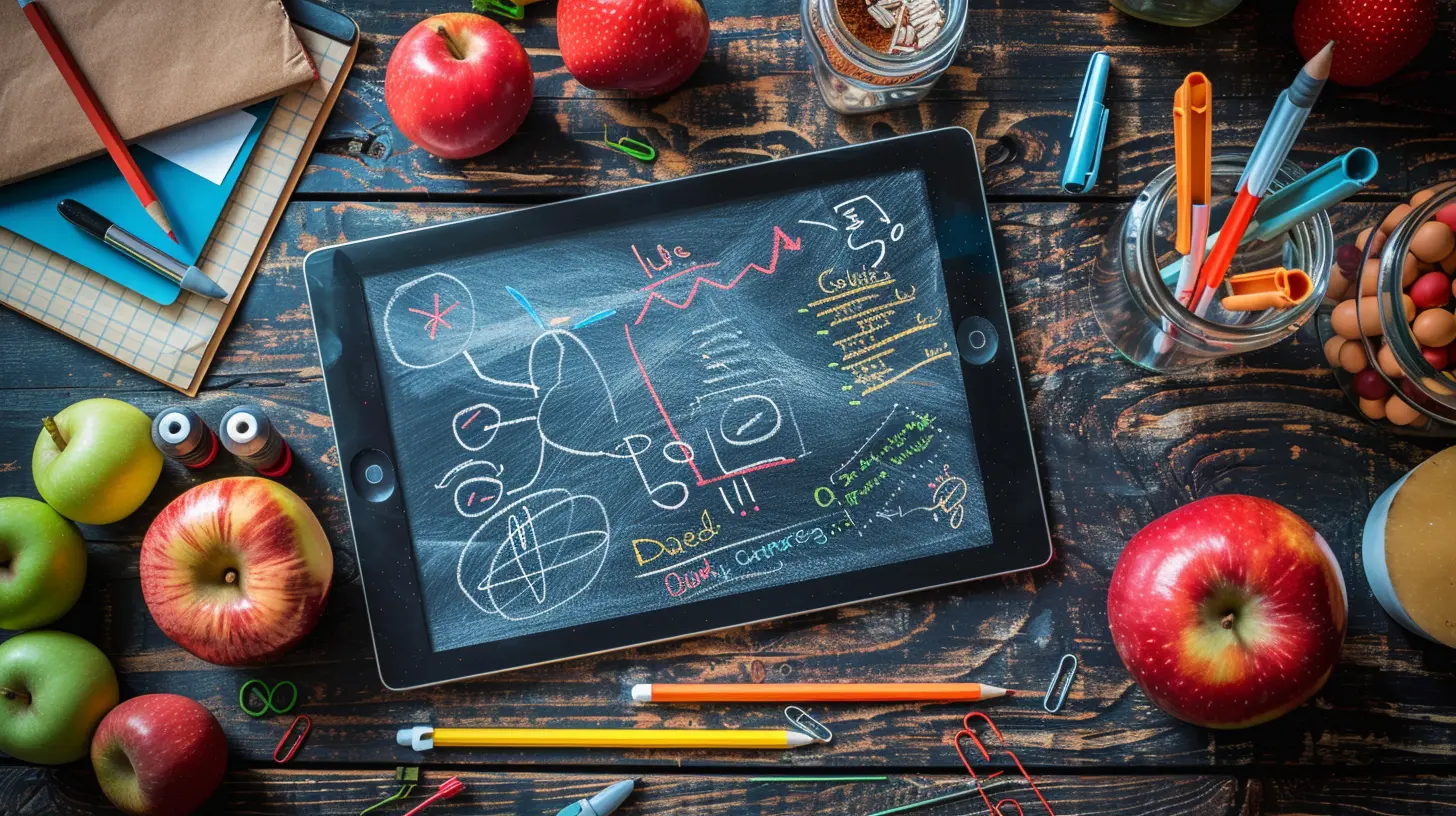
The Early Days: Chalk and Slate
Long before Google was a verb, students relied on something much simpler: slate boards. In the 19th century, classrooms weren’t filled with stacks of paper and pens; instead, students used small, reusable slate boards to write and erase their work. The teacher’s weapon of choice? The mighty chalkboard.Chalkboards (or blackboards) became the backbone of classroom instruction. Teachers would scratch out lessons with white chalk, and students would carefully jot down notes. This was a simple but effective system that lasted for over a century.
But let’s be honest—chalk dust was a menace. It settled on clothes, filled the air, and left teachers with permanently dusty hands. While it worked well for its time, the world was ready for an upgrade.
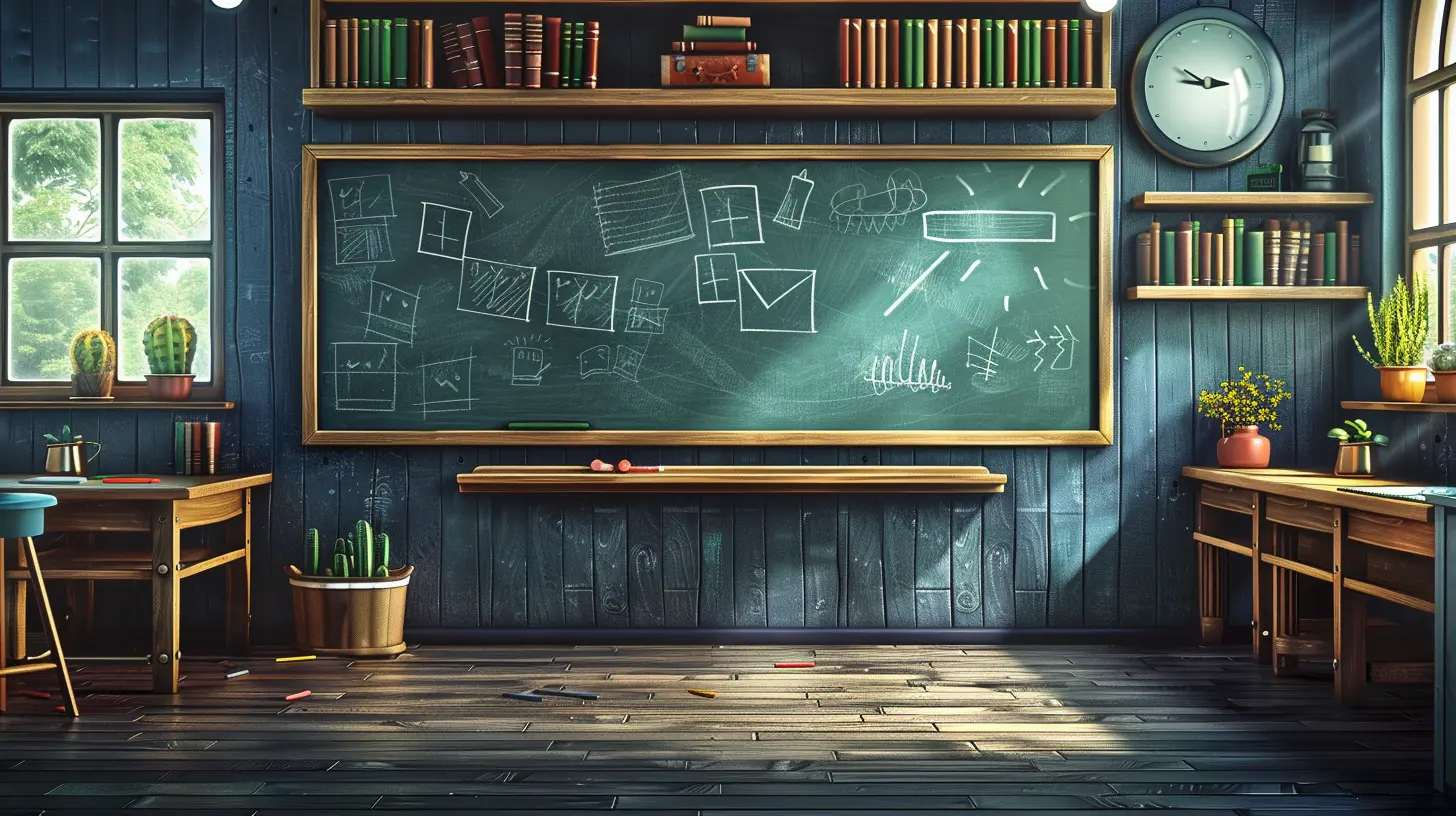
The Typewriter and the Introduction of Mechanized Learning
By the early 20th century, typewriters started sneaking their way into classrooms. While not every school had them, those that did saw students learning to type instead of relying solely on handwritten notes. This was revolutionary—typing was faster, more efficient, and prepared students for future office jobs.Typewriters may have been clunky and loud, but they introduced the idea of mechanized education, paving the way for computers in the decades to come.
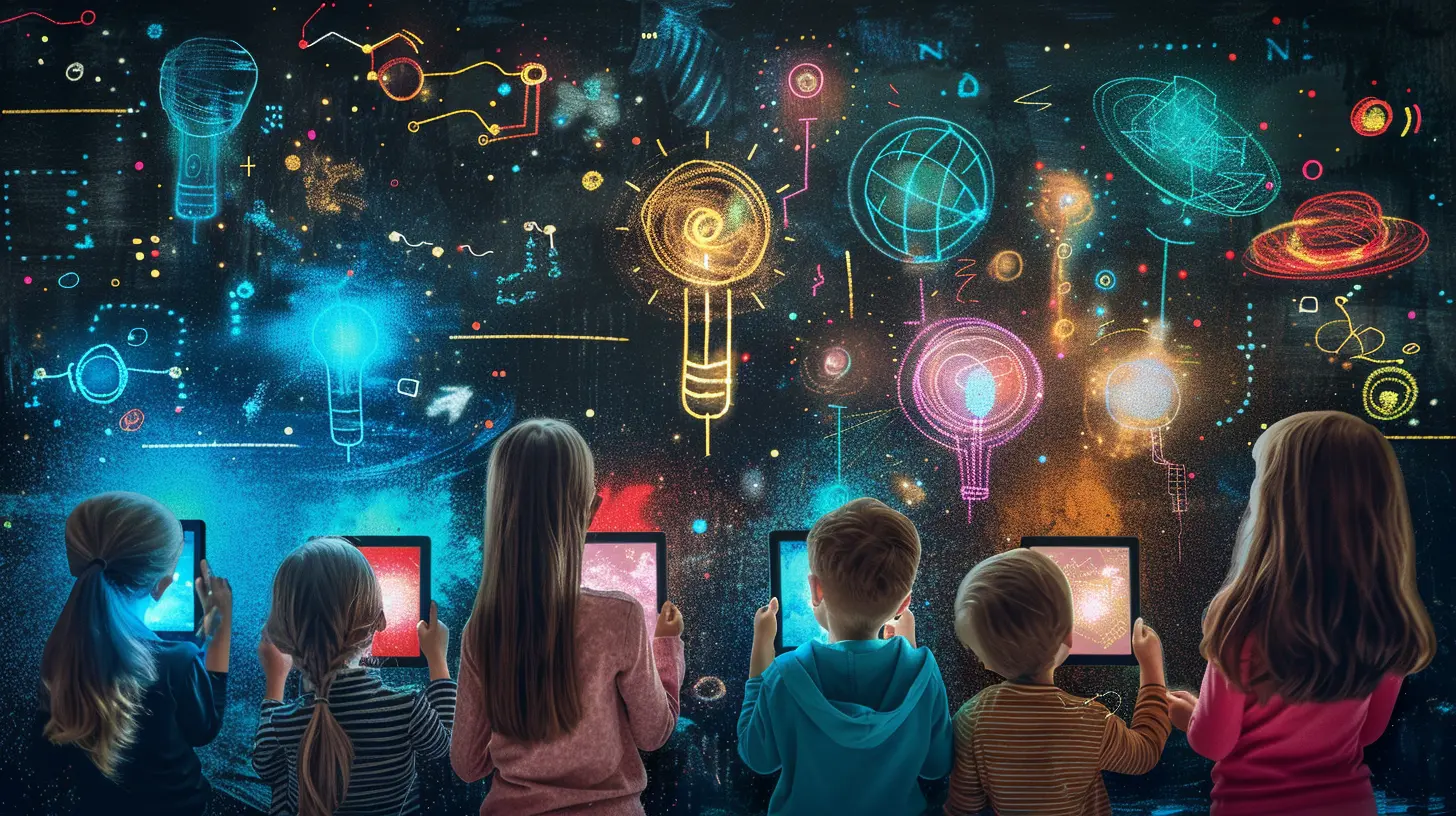
The Overhead Projector and Film Strips
Then came the overhead projector—a game changer in the mid-20th century. It allowed teachers to write on transparent sheets and project them onto a screen, saving time and making lessons more interactive.Film strips and reel-to-reel projectors also became part of the classroom experience. Imagine sitting in a darkened room, watching an educational film about history or science, complete with that satisfying click-click-click as the film advanced. It was like the early version of watching YouTube videos in class!
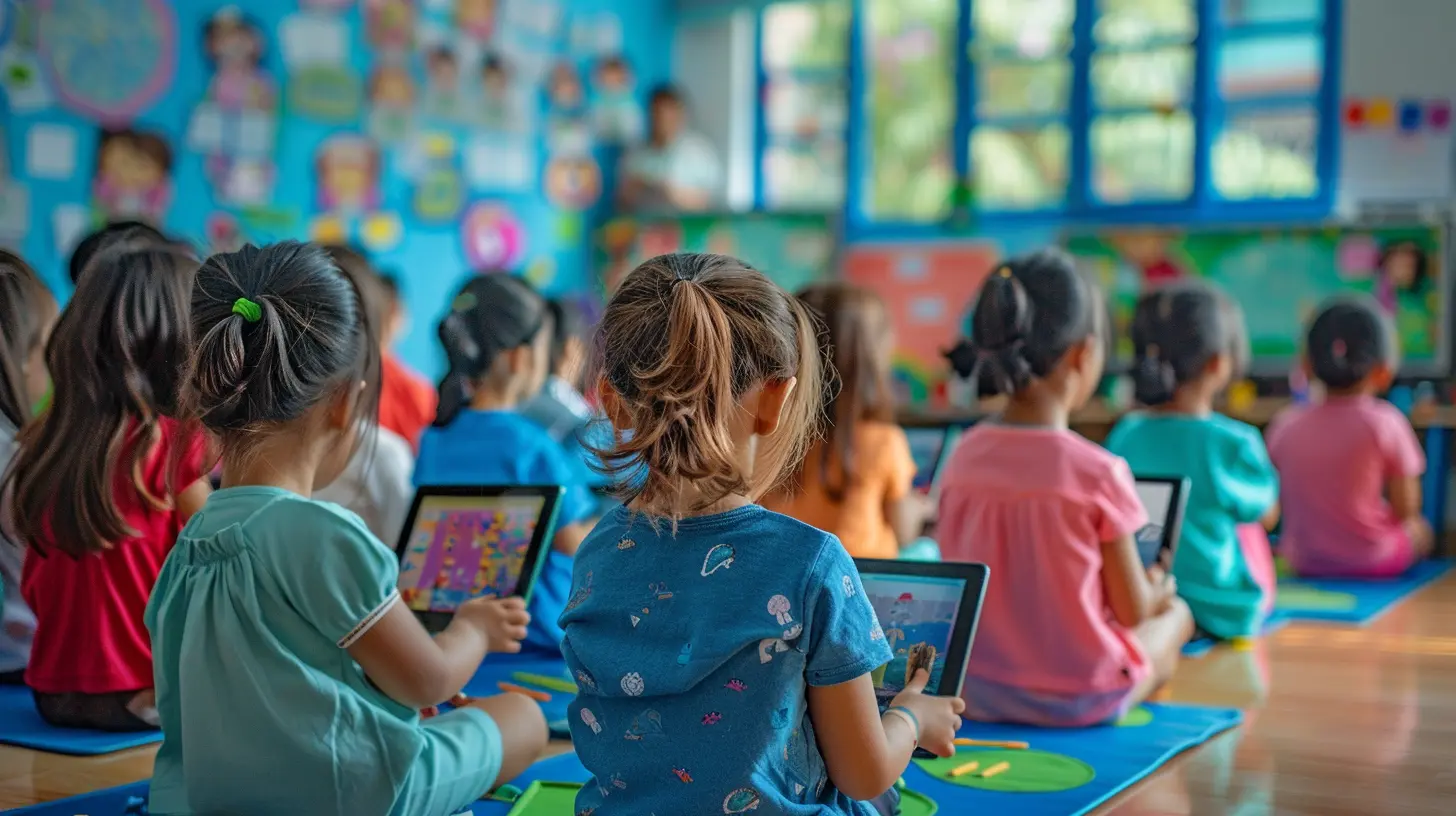
The Rise of Computers in the Classroom
By the 1980s, computers started making their way into schools. Apple and IBM brought desktop computers into classrooms, and suddenly, typing instructors had to make room for programming lessons.Remember those giant monitors with green text on black screens? That was the beginning of digital education. Students learned basic coding, played educational games like Oregon Trail, and typed up reports with dot-matrix printers.
It wasn’t just about learning to use computers—it was about changing the way students interacted with information. Suddenly, education wasn’t just about memorization; it was about exploration.
The Internet Changed Everything
Then the internet arrived, and education hit warp speed. Suddenly, students weren’t limited to textbooks and classroom lectures. The world’s knowledge was at their fingertips. Need information on the solar system? No need to flip through an outdated encyclopedia—just fire up a search engine.Email replaced paper memos, research became instantaneous, and classrooms started connecting across the globe. Teachers could pull up interactive lessons, and students could collaborate online. It was a new era of learning, and schools had to adapt fast.
Smartboards: The Death of Chalk and Whiteboards
As technology advanced, the chalkboard evolved into the whiteboard, and then, eventually, into the Smartboard. These interactive touchscreens replaced the traditional blackboard, allowing teachers to write, draw, and even play videos—all with the tap of a finger or stylus.Smartboards weren’t just about replacing chalk—they promoted engagement. Students could interact with the content, play educational games, and participate in lessons that went beyond simple note-taking.
The Tablet Revolution
Fast forward to today, and tablets have taken center stage in classrooms. Schools have traded in heavy textbooks for digital devices, making learning more flexible than ever. With a tablet, a student has access to an entire library, educational apps, and even virtual science experiments—all in one sleek device.Tablets encourage personalized learning. Every student learns differently, and with tablets, they can move at their own pace. Struggling with math? There’s an app for that. Need help pronouncing a word? There’s an app for that too.
Not to mention, tablets have made learning mobile. Students aren’t confined to a desk—they can learn from anywhere, whether it’s in a classroom, at home, or on the go.
Virtual Classrooms and AI in Education
If tablets revolutionized learning, artificial intelligence (AI) is taking things to the next level. AI-driven platforms like adaptive learning software analyze students’ strengths and weaknesses, tailoring lessons to fit their unique needs.And let’s not forget virtual classrooms. With platforms like Zoom and Google Classroom, students can attend lessons from anywhere in the world. The COVID-19 pandemic accelerated this shift, proving that education doesn’t have to be bound by four walls.
The Pros and Cons of Technology in Education
With all these advancements, you might wonder—is all this technology making education better or worse? Well, like most things, there are pros and cons.Pros:
✅ Increased engagement – Interactive tools make learning fun and immersive.✅ Access to unlimited resources – Students no longer rely solely on textbooks.
✅ Personalized learning – AI and apps cater to individual student needs.
✅ Collaboration – Students can work together remotely and share ideas easily.
Cons:
⚠️ Distractions – Social media and games can be tempting during lessons.⚠️ Digital divide – Not all students have equal access to technology.
⚠️ Reduced handwriting skills – Typing has replaced traditional writing in many cases.
⚠️ Tech dependence – Over-reliance on technology might limit critical thinking skills.
What’s Next? The Future of Classroom Technology
If the past century has taught us anything, it’s that classroom technology will keep evolving. We’re already seeing advancements like virtual reality (VR) bringing history to life and AI-powered tutors providing instant feedback.Imagine a future where students can take a virtual field trip to Ancient Rome, interact with historical figures, and explore concepts in 3D. Or a world where AI instantly detects when a student is struggling and adjusts the lesson accordingly.
One thing’s for sure—education will never stop changing. The tools may evolve, but the goal remains the same: to empower students with knowledge in the best way possible.
Final Thoughts
From chalkboards to tablets, the evolution of classroom technology has been nothing short of incredible. What started as simple slates and typewriters has transformed into a dynamic learning experience powered by AI, Smartboards, and virtual classrooms.While technology will continue to reshape education, the most important element remains the same—curiosity. Whether it’s scribbling on a chalkboard or swiping on a tablet, learning is about discovery, growth, and a thirst for knowledge.
The next time you see a student tapping away on a tablet, just remember—it all started with a piece of chalk.
all images in this post were generated using AI tools
Category:
Educational TechnologyAuthor:

Zoe McKay
Discussion
rate this article
1 comments
Paige Huffman
This article beautifully captures the transformative journey of classroom technology. It's fascinating to see how innovations have shaped learning experiences over time. I appreciate the insights shared and look forward to further discussions on the impact of these changes on education.
August 14, 2025 at 10:26 AM

Zoe McKay
Thank you for your thoughtful comment! I'm glad you enjoyed the article and found the insights valuable. I look forward to more conversations about the impact of technology on education!

